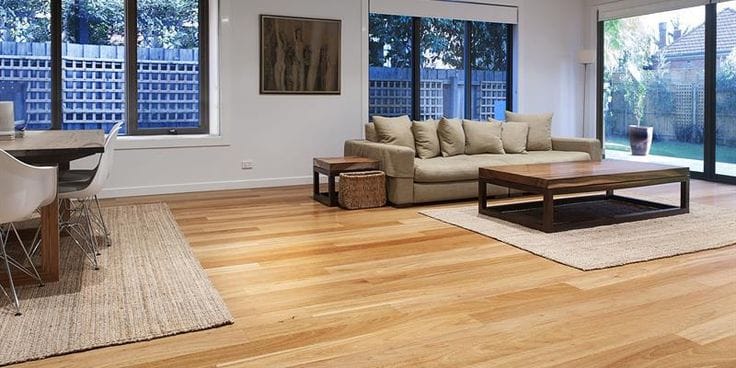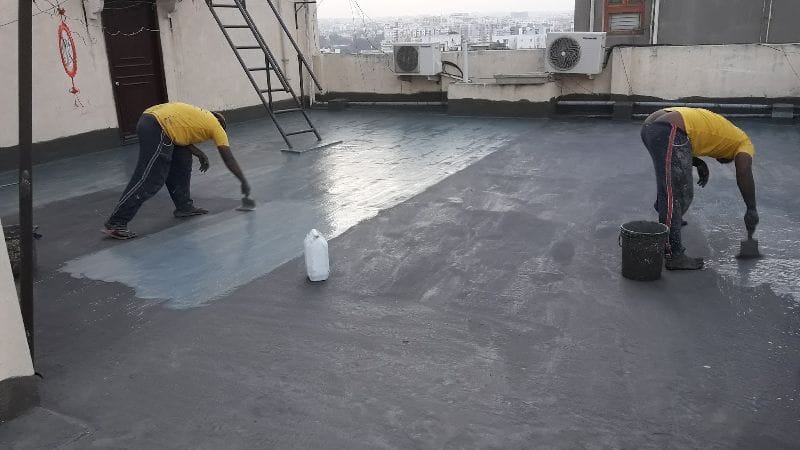Painting over wallpaper may seem like a shortcut to avoid removing it, but with the right approach, it can actually deliver impressive results. These tips for painting over wallpaper are designed to help transform any space with minimal mess, cost, and effort.
Sometimes, removing old wallpaper is more trouble than it’s worth. It may be too tightly bonded to the wall, or pulling it off could damage the drywall underneath. That’s where interior painting in Dubai over it becomes the perfect solution. With just a few smart choices, a smooth and stunning finish can be achieved.
Why Paint Over Wallpaper Instead of Removing It?
Stripping wallpaper can take hours—or even days. Underneath, surprises like cracked drywall or mold spots can slow down the project even more. In many older homes, multiple layers of wallpaper hide beneath each other like a time capsule. Removing all of them could lead to more problems than expected.
On the other hand, painting over wallpaper preserves the wall’s integrity and saves a significant amount of time. As long as the surface is stable, flat, and clean, painting becomes a practical solution.
What to Check Before Painting Over Wallpaper
Examine the Wallpaper’s Condition
Wallpaper that’s peeling, bubbling, or lifting from the wall is a red flag. Any damaged areas must be repaired before applying paint. Loose edges can be glued down with wallpaper adhesive, and bubbles can be carefully slit and smoothed out.
Know the Wallpaper Type
Vinyl-coated wallpaper, for example, repels moisture and can prevent paint from sticking. Textured or fabric-based wallpapers may show patterns even after painting. In some cases, a wallpaper cover-up paint designed for difficult surfaces can offer better results.
Step-by-Step Tips for Painting Over Wallpaper
Clean the Surface Thoroughly
Dust, grease, and grime often build up on wallpaper over time. A mix of warm water and mild soap can remove these contaminants. Let the wall dry completely to prevent peeling or bubbling later.
Repair Imperfections
Small tears or seams can be patched with joint compound. Sand the surface lightly to smooth out patched areas. This step is important, especially for achieving a consistent look in the final result.
Use an Oil Based Primer for Painting Over Wallpaper
Many DIY mistakes start with skipping the primer. But when dealing with wallpaper, oil based primer for painting over wallpaper is non-negotiable. It prevents water from the paint from loosening the wallpaper glue, avoiding bubbling and peeling.
What Is the Best Primer for Painting Over Wallpaper?
The best option is a stain-blocking oil-based primer, especially if the wallpaper has patterns, dark colors, or stains. This type of primer locks in any colors and prevents them from bleeding through the paint.
Choose the Right Paint
After priming, it’s time to choose the right type of paint.
What Kind of Paint Do You Use to Paint Over Wallpaper?
A high-quality latex paint works well on primed wallpaper. It’s flexible, dries quickly, and provides a smooth finish. For walls in high-moisture areas like bathrooms, moisture-resistant paint is recommended.
Two coats are usually enough. The first should be thin and even, giving time to dry before applying the second coat.
Watch the Patterns – They Might Show Through
Can You Paint Over Patterned Wallpaper?
Yes, but patterned wallpaper might require more work. Two coats of primer may be needed to block strong patterns, followed by two coats of paint. Otherwise, the old design may peek through, especially under light-colored paints.
For severe patterns, a wallpaper cover up paint specifically designed for masking designs can be applied before regular primer and paint.
Don’t Skip Drying Time
Rushing through drying times can ruin the finish. Each layer—whether primer or paint—should dry fully before moving on. The room should be well-ventilated, and humidity levels should be low during this process.
Avoid Water-Based Primers
Paint Over Wallpaper Without Primer—Is It a Good Idea?
Skipping the primer or using a water-based one might seem tempting, but it’s risky. Water can seep into the wallpaper glue, loosening it and causing the surface to lift or bubble. That’s why a primer, especially an oil based primer for painting over wallpaper, is critical.
Explore Before and After Results
Looking at painting over wallpaper before and after examples can help set expectations. Many transformations show how a dull, dated wall becomes sleek and modern with just a few coats of the right products. These visuals also highlight how important prep work is to achieve that final polished result.
Match the Paint to the Room’s Lighting
Rooms with limited natural light benefit from lighter shades. In contrast, darker paints can create a cozy feeling in well-lit spaces. When painting over wallpaper, the color choice also impacts how well old patterns or marks are concealed.
Seal the Surface for Extra Durability
For high-traffic areas or homes with kids and pets, applying a clear sealer over the paint offers added protection. It guards against scratches, smudges, and makes cleaning easier in the long run.
Common Mistakes to Avoid During Wall Painting
Even with the best intentions, a few missteps can spoil the final result. Avoiding the following can save time and effort.
Painting Over Loose Wallpaper
Any loose sections will get worse after painting. Make sure everything is firmly glued down before beginning.
Ignoring the Wallpaper Type
Glossy or vinyl wallpapers repel paint. These should be sanded lightly or treated with specialty wallpaper cover up paint to improve adhesion.
Using Water-Based Primer
As mentioned, this is one of the most common errors. Stick with oil based primer for painting over wallpaper to avoid damage.
Not Testing Paint First
Before covering an entire wall, applying a test patch can help spot issues like poor adhesion or bleed-through.
When to Consider Removing Wallpaper
While painting over wallpaper is convenient, it’s not always the best choice. If:
- The wallpaper is torn beyond repair,
- Multiple layers are peeling off,
- There’s mold behind the paper,
- Or the wall surface feels unstable
…then complete removal may be necessary. In such cases, calling in a professional—like the experts at Style Works—can save time and ensure the wall is properly prepped before repainting.
Final Thoughts: Breathe New Life Into Old Walls
Painting over wallpaper doesn’t have to be a disaster waiting to happen. By following the right tips for painting over wallpaper, a fresh and modern look is possible without tearing down the past.
With the proper cleaning, preparation, and materials—like a reliable oil based primer for painting over wallpaper—walls can be transformed in just a weekend. From deciding what kind of paint do you use to paint over wallpaper to avoiding the trap of paint over wallpaper without primer, each step builds toward a lasting finish.
Whether tackling a single accent wall or an entire room, these practical tips offer a smooth and satisfying result. For those who’d rather leave the mess to someone else, Style Works offers expert help for every painting challenge. From priming to perfecting, transforming wallpapered walls is just a call away.

